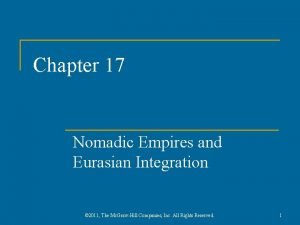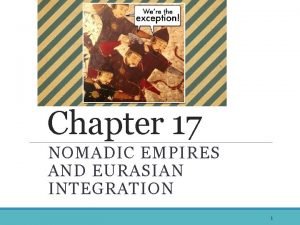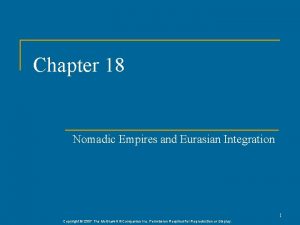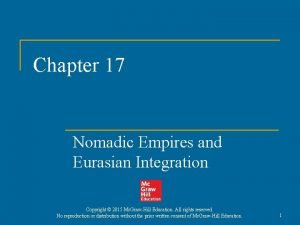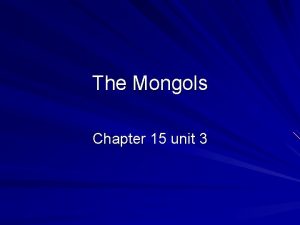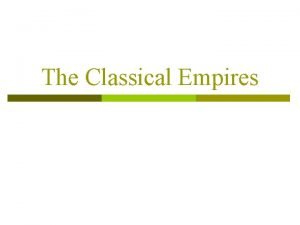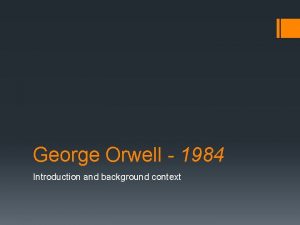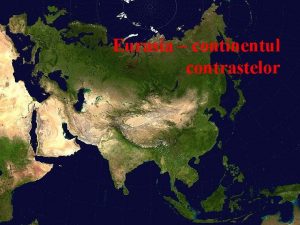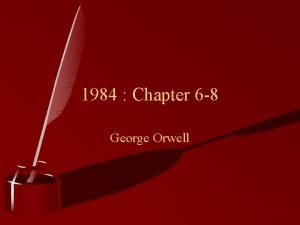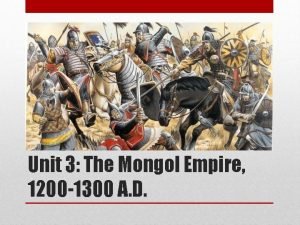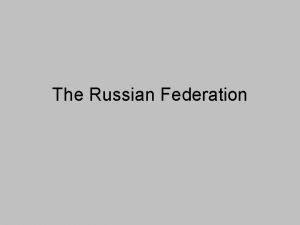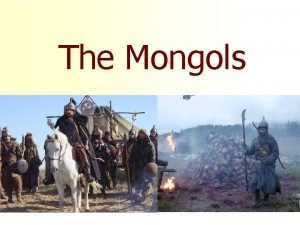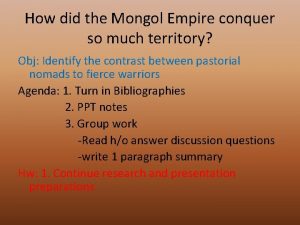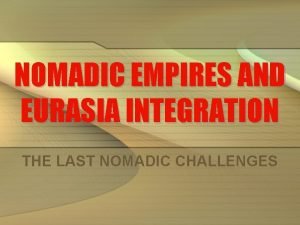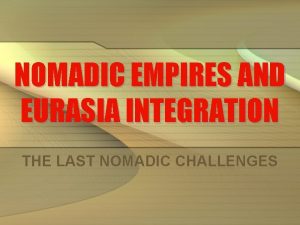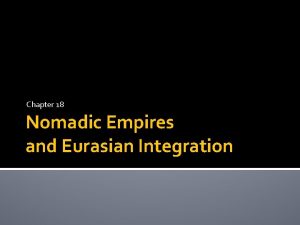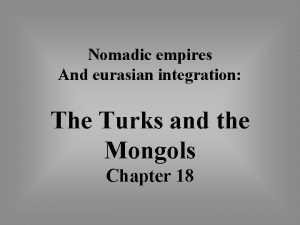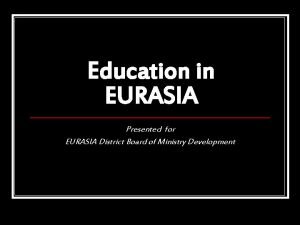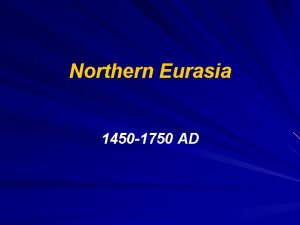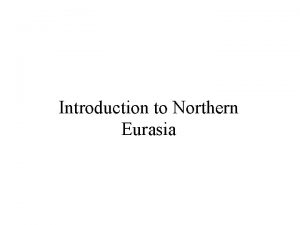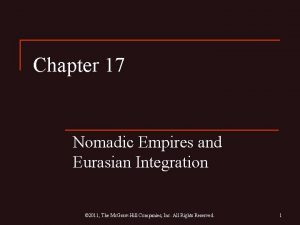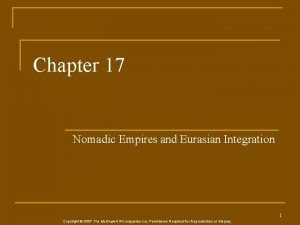NOMADIC EMPIRES AND EURASIA INTEGRATION THE LAST NOMADIC




















- Slides: 20

NOMADIC EMPIRES AND EURASIA INTEGRATION THE LAST NOMADIC CHALLENGES

Inner Eurasia Steppes Outer Eurasia

THE WORLD OF CENTRAL ASIA

NOMADIC SOCIETY AND ECONOMY • Nomadic peoples • Pastoral nomads • Organized into clans with related languages • Central Asia's steppes • Good for grazing, little rain, few rivers • Nomads and their animals; few settlements • Nomads drove their herds in migratory cycles • Lived mostly on animal products • Also produced millet, pottery, leather goods, iron • Military organization • Khan organized confederation of individual tribes for expansion • Outstanding cavalry forces, formidable military power


Genghis Khan • Temujin (TEH-moo-jeen) • Declared himself: Genghis Khan (b. 1162; r. 12061227) • Really: Чингис Хаан, Chingis Khaan = “Ocean King” • United Mongol tribes, “of all those who live in felt tents. ” • Used Tengri - the Sky. God - to justify his rule

Mongol War Machine • Mongol warriors • Excellent horsemen • Accomplished archers • Raised in the saddle and able to hunt as children • Mongol armies • Entirely cavalry • Depended on speed and mobility in assaults • Genghis Khan reorganized the tribal armies • Units called tumens containing 10, 000 men • Sub-units called ordas; word “horde” in English • Each army divided • Into heavy cavalry, light cavalry • Lightly armored scouts preceding the main forces • Severe discipline • Spies and informers produced information, maps • Later Mongol forces used gunpowder, artillery

MONGOL ADVANTAGES

Chinggis Khan and the Mongol Empire • • • • • • Mongol conquest of northern China Overran Xi-Xia Jurchen (Qin, Khaitan) in north China in 1211 Controlled North China to Yangzte by 1220 South China was still ruled by the Song dynasty Towns which resisted were used as examples Later towns simply surrendered Mongol conquest of Persia Wanted trade and diplomatic relations with Persia Khwarazim ruler murdered envoys Mongol force invaded Khwarazim empire Mongol forces destroyed Persian cities and qanat Chinggis died in 1227, laid foundation for a mighty empire Mongol rule was generally tolerant Capital of his empire at Karakorum Summoned intellectuals from his conquered kingdoms Offered religious toleration to Confucians, Buddhists, Daoists, and Muslims Administrators drawn from examples in Islamic and Chinese worlds Formulated a legal code intended to end tribal and clan divisions Trade and cultural exchange flourished Genghis’ heirs divide into four regional empires


Map #1

Conquests by Ghengis Khan’s death (1227)

Four Successor Khanates (Map #3)

Mongol Rule: China • • • Ghengis Khan's grandson Khubilai Khan, consolidated Mongol rule in China (Yuan dynasty) Conquest of southern China • • Mongol rule in China • • • Song Dynasty fell in 1276, Yuan Dynasty founded in 1279 Unsuccessful conquests of Vietnam, Burma, Java, and Japan • New hierarchy: Mongol and allies; northern Chinese; Southern Chinese Central administration reserved for Mongols, allies Brought foreign administrators into China and put them in charge Dismissed Confucian scholars; dismantled civil service examination Favored merchants, cities, peasants over Chinese elites Mongol Social Policies • • • Would not allow Mongols to settle in China nor Chinese in Mongolia Outlawed intermarriage between Mongols and Chinese Promoted Buddhism, supported Daoists, Muslims, and Christians Forbade Chinese from learning the Mongol language Mongol women refused to adopt Chinese customs, retained influential status

Mongol Rule: Central and Southwest Asia • • • Destroyed many cities, captured Baghdad in 1258 Destroyed agricultural lands, irrigations systems of Iraq, Iran Lands fell to the Ilkhanate of Persia; Khanate Of Chaghadai • • Persians served as ministers, governors, local officials Mongols only cared about taxes and order Ilkhan converted to Islam, 1295; massacres of Christians and Jews Baiburs, the Mameluk Sultan of Egypt defeated Mongol invasion of Africa

Mongol Rule: Russia • Russia fell under rule of the Khanate of the Golden Horde • Mongol conquest of Russia reduced the Russian princes to tributepayers. • Payments fell heavily on the peasants • Peasants reduced to serfdom. • Some Russian cities (Moscow), recovered fortunes by increased trade • Rise of Moscow • • • Moscow profited as tribute collector for Mongol overlords. Head of the Orthodox Church in Russia selected Moscow as his capital. In 1380, the princes of Moscow turned against the Mongols Led an alliance that defeated the Mongols at the battle of Kulikova. Victory broke the hold of the Mongols on Russia Nomads continued to make raids into the 15 th century. • Mongol conquest of Russia ensured changes • • Central position of Moscow and the Orthodox Church Changes in Russian military organization Revised the political concepts of Russian rulers Mongol dominance cut Russia off from western Europe both politically and culturally.

Mongols and Europe • First Christian reaction to Mongol invasions was positive • They were convinced Mongols were potential allies against the Muslims • Assault on Russia proved that optimism was a miscalculation • Successful conquest of Hungary alerted Europe to danger of Mongols • Mongol hordes withdrew to Asia to resolve the succession crisis • Lithuanians defeated Mongol return

Changed Societies • • • • • Results of Mongols Conquest destroyed all existing political structures in conquered region Empire created the largest zone of continuous rule in history Empire created a period of peace, prosperity in controlled regions Disrupted those states it did not conquer Facilitated rise of new states in vacuum Forced innovation amongst existing peoples to resist Mongols Diplomatic missions Mongol empires maintained diplomatic communications Established relations with Korea, Vietnam, India, Europe Resettlement Mongols needed skilled artisans, educated individuals Resettled them in different locations to provide services Uighur Turks served as clerks, secretaries, administrators Arab, Persian Muslims served Mongols far from homelands Chinese served as military specialists Koreans served as naval specialists Christian Nestorians served as emissaries, merchants Skilled artisans often sent to Karakorum

Pax Mongolica: Trade • Mongols were a tribute empire: trade was often a byproduct • The Mongols and trade • Worked to secure trade routes, ensure safety of merchants • • Organized protected trade caravans Formed merchant/trade associations with insurance Elaborate courier network with relay stations (postal stations) Universal passes, protection given to merchants Ordas acted as police, protection for travelers Maintained order for merchants, ambassadors, missionaries United Eastern Europe, SW Asia, S. Asia, E. Asian trade Marco Polo en route to China

Decline of the Mongols in Persia and China • Major Reason for Decline • • • Mongols too few in number, settled populations massive Any interaction resulted in acculturation Any intermarriage resulted in loss of identity Mongol rule resented Settled populations began to use firearms • • • Excessive spending, overexploitation reduced revenues Destruction of qanats reduced agriculture productivity Failure of the Ilkhan's paper money Intermarriage of Mongols with local populations Factional struggle plagued the Mongol leadership Last ruler died without an heir; the Ilkhanate collapsed • Collapse of the Persian Ikhanate • Decline of the Yuan dynasty • Paper money issued by the Mongol rulers lost value • Power struggles, assassinations, civil war after 1320 s • Bubonic plague in southwest China in 1330 s • Spread through Asia and Europe • Depopulation, labor shortage undermined Mongols • By 1368, Chinese drove the Mongols back to the steppes • Surviving Mongol khanates • The khanate of Chaghatai continued in central Asia • Golden Horde survived until the mid-sixteenth century
 Chapter 17 nomadic empires and eurasian integration
Chapter 17 nomadic empires and eurasian integration Chapter 17 nomadic empires and eurasian integration
Chapter 17 nomadic empires and eurasian integration Chapter 18 nomadic empires and eurasian integration
Chapter 18 nomadic empires and eurasian integration Chapter 17 nomadic empires and eurasian integration
Chapter 17 nomadic empires and eurasian integration Maritime vs land based empires
Maritime vs land based empires Chapter 15 the last great nomadic challenges
Chapter 15 the last great nomadic challenges Afro eurasia map
Afro eurasia map 1984 orwell map
1984 orwell map Pen ciukotsk
Pen ciukotsk 1984 chapter 6
1984 chapter 6 What did the mongols do for the silk road
What did the mongols do for the silk road Eurasia time zone
Eurasia time zone The mongol empire spans eurasia worksheet answer key
The mongol empire spans eurasia worksheet answer key The mongol empire spans eurasia answer key
The mongol empire spans eurasia answer key Innovative university of eurasia
Innovative university of eurasia Ecossistema aquático
Ecossistema aquático Eurásia
Eurásia Forward integration and backward integration
Forward integration and backward integration Forward and backward integration
Forward and backward integration What is simultaneous integration
What is simultaneous integration Advantages and disadvantages of nomadic herding
Advantages and disadvantages of nomadic herding
